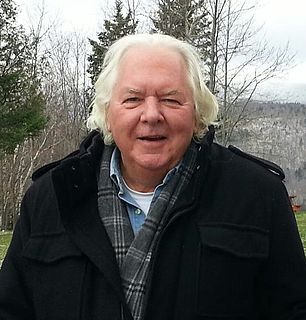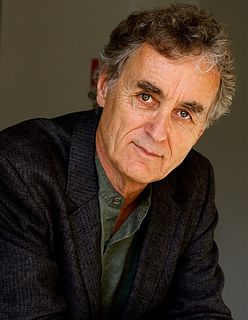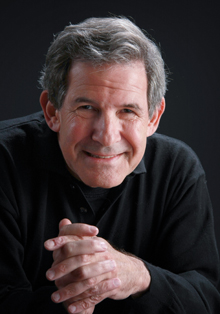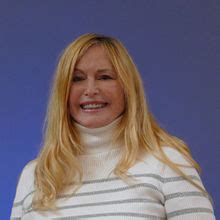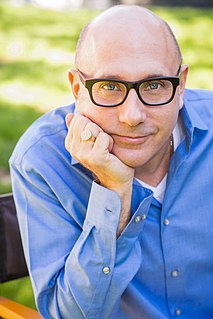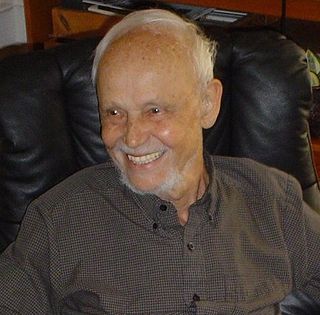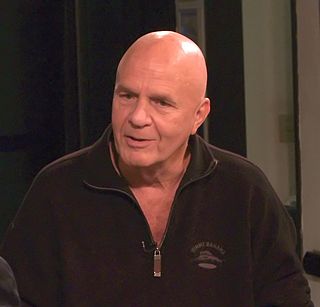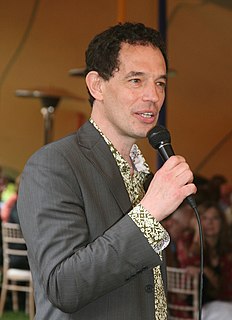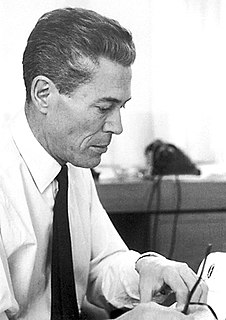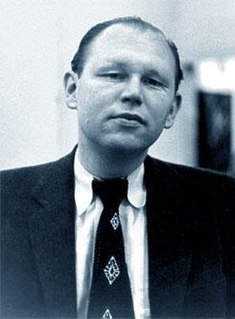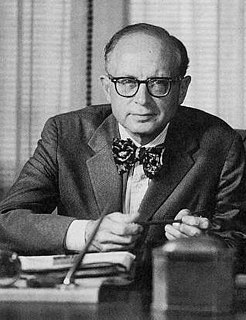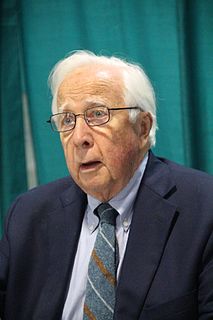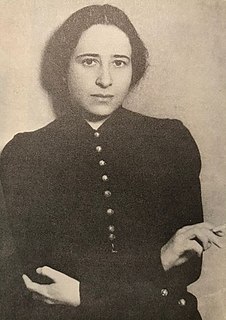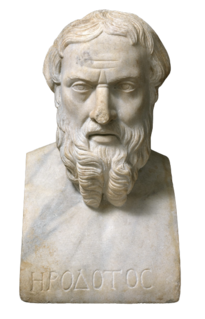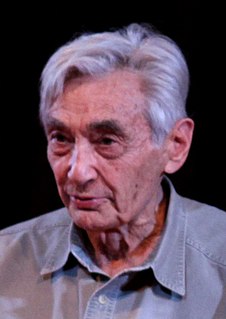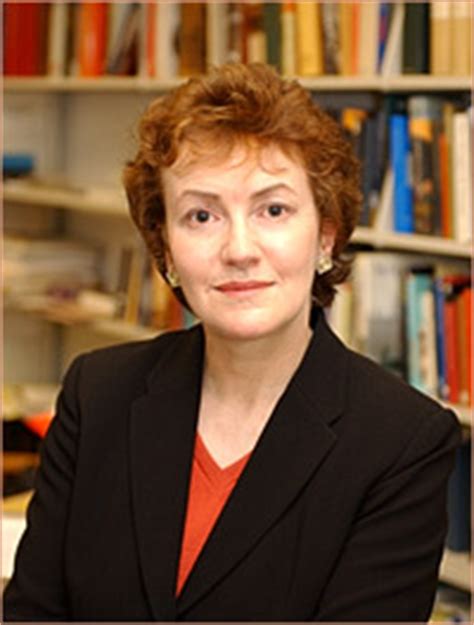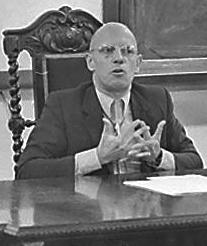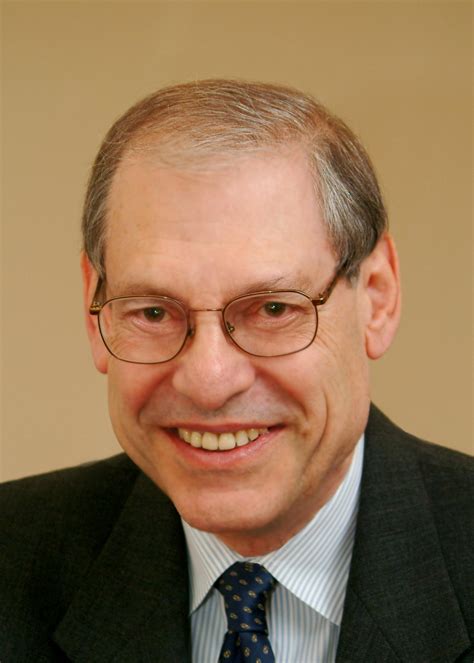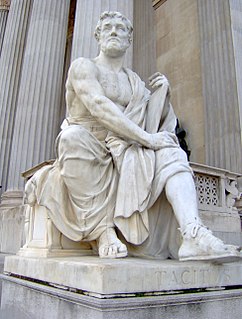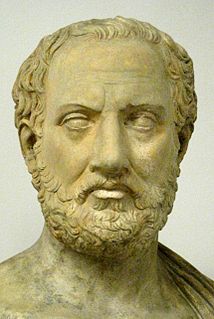A Quote by Robert Moss
Subatomic particles exist in all possible states until they are observed - at which point something definite emerges from the soup of possibilities.
Related Quotes
Every subatomic interaction consists of the annihilation of the original particles and the creation of new subatomic particles. The subatomic world is a continual dance of creation and annihilation, of mass changing into energy and energy changing into mass. Transient forms sparkle in and out of existence, creating a never-ending, forever newly created reality.
Through experiments over the past few decades physicists have discovered matter to be completely mutable into other particles or energy and vice-versa and on a subatomic level, matter does not exist with certainty in definite places, but rather shows 'tendencies' to exist. Quantum physics is beginning to realise that the Universe appears to be a dynamic web of interconnected and inseparable energy patterns. If the universe is indeed composed of such a web, there is logically no such thing as a part. This implies we are not separated parts of a whole but rather we are the Whole.
Entanglement can best be understood as this: When subatomic matter is in a process together, subsequently the subatomic particles go apart from each other and go across the universe. When they do this, they will remain entangled. That means if you do something to one, the other one responds immediately, instantaneously.
String theory?[pause] It closed the conceptual gulp between relativity and quantum mechanics. It postulates that subatomic particles are not points, but strings, about one planck length long. The rate at which strings vibrate can generate the properties of all known particles. Huh? How did I know that?
Ancient wisdom and quantum physicists make unlikely bedfellows: In quantum mechanics the observer determines (or even brings into being) what is observed, and so, too, for the Tiwis, who dissolve the distinction between themselves and the cosmos. In quantum physics, subatomic particles influence each other from a distance, and this tallies with the aboriginal view, in which people, animals, rocks, and trees all weave together in the same interwoven fabric.
Our natural state of being is in relationship, a tango, a constant state of one influencing the other. Just as the subatomic particles that compose us cannot be separated from the space and particles surrounding them, so living beings cannot be isolated from each other... By the act of observation and intention, we have the ability to extend a kind of super-radiance to the world.
Chance alone is at the source of every innovaton, of all creation in the biosphere. Pure chance, only chance, absolute but blind liberty is at the root of the prodigious edifice that is evolution... It today is the sole conceivable hypothesis, the only one that squares with observed and tested fact. Stating life began by the chance collision of particles of nucleic acid in the "prebiotic soup."
And I think that it is certainly possible that the objective universe can be affected by the poet. I mean, you recall Orpheus made the trees and the stones dance and so forth, and this is something which is in almost all primitive cultures. I think it has some definite basis to it. I'm not sure what. It's like telekinesis, which I know very well on a pinball machine is perfectly possible.
